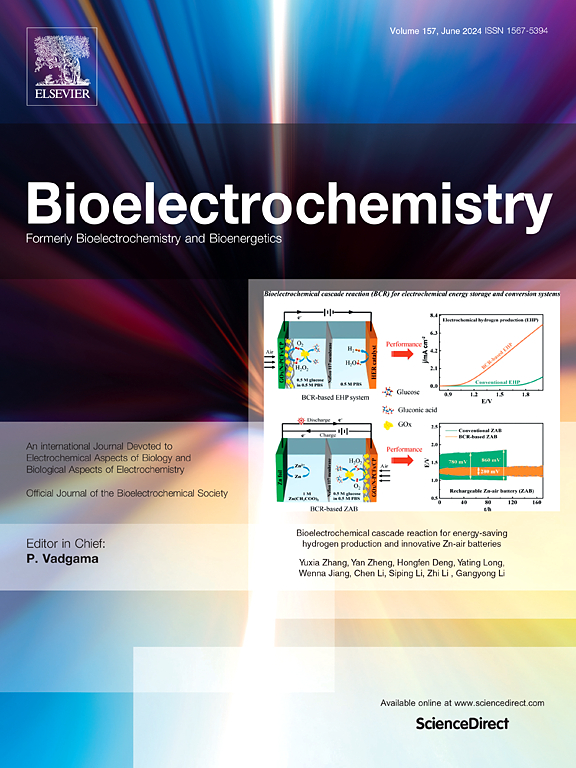默认模式的网络连接有助于自然观察应力恢复的增强效应
IF 3.6
2区 医学
Q1 NEUROSCIENCES
引用次数: 0
摘要
暴露在自然环境中的心理益处是公认的。然而,是否仅仅观看自然图像就能产生类似的恢复效果,以及其中涉及的大脑机制尚不清楚。为了研究目的,我们招募了131名健康的大学生,将他们随机分为自然图像观看组(NG)和城市图像观看组(CG),并进一步选择49名参与者(NG = 26, CG = 23)在执行行为任务时进行功能磁共振成像。首先,我们比较了应激诱导和图像观看后NG和CG之间与情绪和压力相关的主观评分和唾液皮质醇水平的变化。接下来,我们检查了两组在图像观看过程中默认模式网络(DMN)的功能连接(FC)模式的差异。最后,我们探讨了在观看自然图像后观察到的恢复效果与FC变化之间的相关性。在压力下,NG参与者报告了积极情绪主观评分的较大变化(t = 2.610, p = 0.010),消极情绪较低(t = - 3.008, p = 0.003),状态反思较少(t = - 2.103, p = 0.037)。神经数据还表明,DMN子系统与注意和执行区域的连通性在自然体验中调节压力相关反应中起着至关重要的作用。内侧DMN子系统与其他网络之间的FC增加与情绪反刍和状态反刍的行为恢复得分显著相关。这些发现表明,观看自然场景的图像可以帮助压力恢复,强调室内自然观看有助于减轻城市环境中面临的心理挑战的潜力。本文章由计算机程序翻译,如有差异,请以英文原文为准。
Default mode network connectivity contributes the augment effect stress recovery by natural viewing
The psychological benefits of exposure to natural environments are well established. However, whether simply viewing nature images produce similar restorative effects and the brain mechanisms involved remain unclear. For study purposes, we recruited 131 healthy university students and randomly assigned them to a nature image viewing group (NG) or a city image viewing group (CG), with 49 participants further selected (NG = 26, CG = 23) to undergo functional magnetic resonance imaging while performing behavioral tasks. First, we compared changes in subjective ratings and salivary cortisol levels, related to affect and stress between the NG and CG after stress induction and image viewing. Next, we examined differences in functional connectivity (FC) patterns of the default mode network (DMN) between the groups during image viewing. Finally, we explored correlations between the recovery effects observed after viewing nature images, along with alterations in FC. Under stress, NG participants reported greater changes in subjective ratings of positive affect (t = 2.610, p = 0.010), lower negative affect (t = −3.008, p = 0.003), and less state rumination (t = −2.103, p = 0.037). Neural data also suggest that connectivity of the DMN subsystems with attentional and executive regions plays a crucial role in modulating stress-related responses during natural experiences. Increased FC between the medial DMN subsystem and other networks was significantly correlated with behavioral recovery scores for both affect and state rumination. These findings indicate that viewing images of natural scenes can aid in stress recovery, highlighting the potential for indoor nature viewing to help mitigate psychological challenges faced in urban environments.
求助全文
通过发布文献求助,成功后即可免费获取论文全文。
去求助
来源期刊

Neurobiology of Stress
Biochemistry, Genetics and Molecular Biology-Biochemistry
CiteScore
9.40
自引率
4.00%
发文量
74
审稿时长
48 days
期刊介绍:
Neurobiology of Stress is a multidisciplinary journal for the publication of original research and review articles on basic, translational and clinical research into stress and related disorders. It will focus on the impact of stress on the brain from cellular to behavioral functions and stress-related neuropsychiatric disorders (such as depression, trauma and anxiety). The translation of basic research findings into real-world applications will be a key aim of the journal.
Basic, translational and clinical research on the following topics as they relate to stress will be covered:
Molecular substrates and cell signaling,
Genetics and epigenetics,
Stress circuitry,
Structural and physiological plasticity,
Developmental Aspects,
Laboratory models of stress,
Neuroinflammation and pathology,
Memory and Cognition,
Motivational Processes,
Fear and Anxiety,
Stress-related neuropsychiatric disorders (including depression, PTSD, substance abuse),
Neuropsychopharmacology.
 求助内容:
求助内容: 应助结果提醒方式:
应助结果提醒方式:


